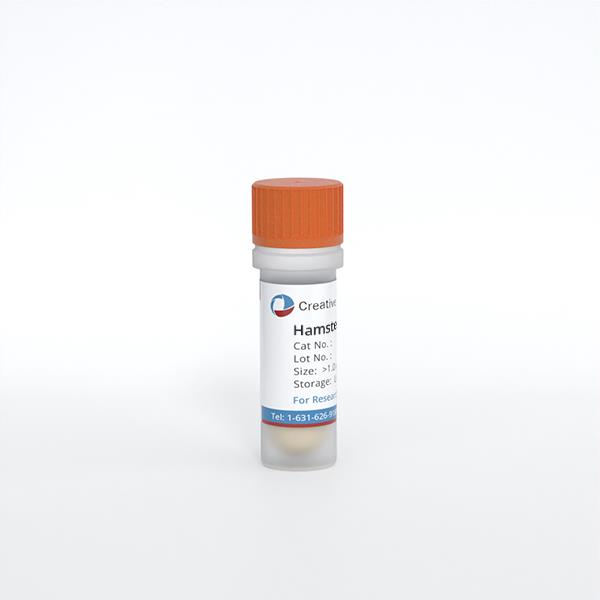Featured Products
Hot Products
ONLINE INQUIRY

Hamster Lymphatic Fibroblasts
Cat.No.: CSC-C4786L
Species: Hamster
Source: Lymph Node
Cell Type: Fibroblast
- Specification
- Q & A
- Customer Review
Cat.No.
CSC-C4786L
Description
Hamster Lymphatic Fibroblasts are isolated from lymph node tissue of hamster.
Species
Hamster
Source
Lymph Node
Recommended Medium
Cell Type
Fibroblast
Disease
Normal
Quality Control
Hamster Lymphatic Fibroblasts are negative for bacteria, yeast, fungi, and mycoplasma.
Storage and Shipping
Creative Bioarray ships frozen cells on dry ice. On receipt, immediately transfer frozen cells to liquid nitrogen (-180 °C) until ready for experimental use.
Never can cryopreserved cells be kept at -41 °C.
Never can cryopreserved cells be kept at -41 °C.
Citation Guidance
If you use this products in your scientific publication, it should be cited in the publication as: Creative Bioarray cat no. If your paper has been published, please click here to submit the PubMed ID of your paper to get a coupon.
Ask a Question
Write your own review
Related Products

